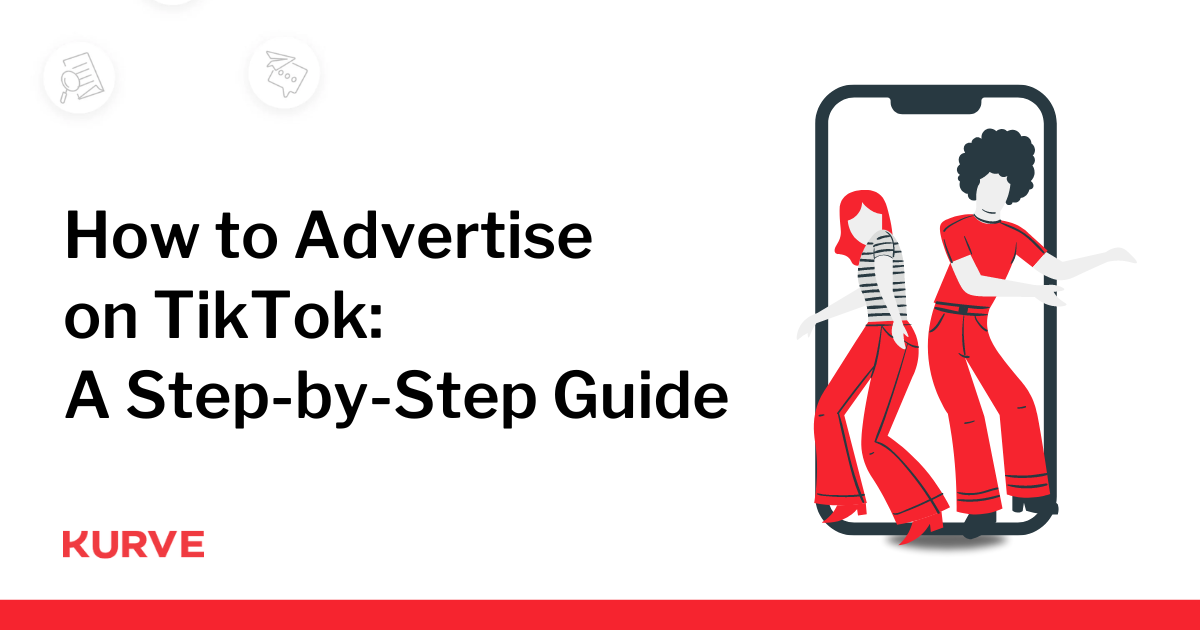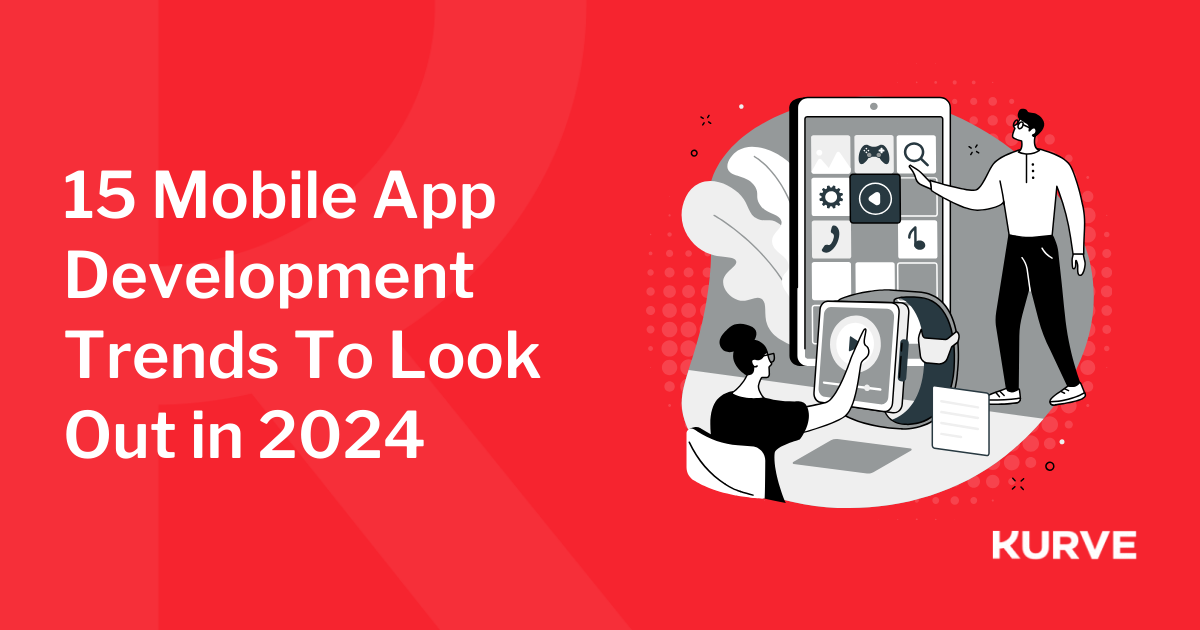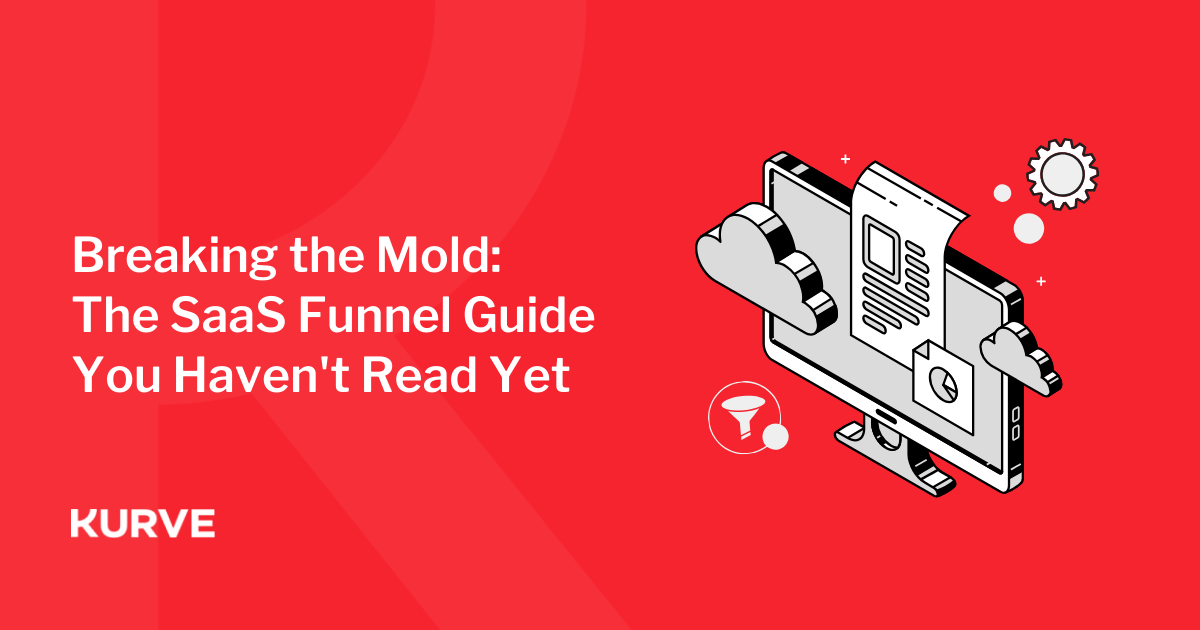How to Increase Social Media Channel Engagement
Increase Social Media Engagement: 9 Methods
Social media is paramount for startups and established brands alike. Follower count is relevant, but a fan base of any size must engage ; whether this involves clicking, sharing, commenting, or liking. Engagement breeds further growth, and forges a deeper connection with an audience. With 2.8 billion global social media users in 2017 (37% penetration), your customers are active. However, competition is fierce and users are spoilt for choice. If you can’t generate engagement among your target audience, your brand will be screaming into the aether. In this article, I will outline 9 ways to boost your engagement levels.
Why is social media important?
Lots of brands and businesses pay lip-service to social media. However, an unguided and tentative approach won’t reap rewards. A goal-oriented philosophy is essential to generate ROI from social media. Social must be pursued to meet tangible business objectives, such as lead generation, sales acquisition, or the nurturing of valued relationships. The most important thing is to determine goals, and devise a strategy for meeting them . Engagement is something you need to boost as much as possible, but engagement in itself is not the desired outcome. This engagement must generate (converting) traffic, boost brand awareness, or contribute to other critical goals. First and foremost, you need to determine which channels to use. Sophie Smith’s piece for DMI highlights some ways to figure this out:
-
Are your audience live and kicking on this platform?
-
What are your competitors using, and what works for them?
-
What sort of content are you planning, and will your chosen platform deliver it?
Once you’ve set a strategy for each chosen channel, it’s time to boost engagement.
1. Boost your credibility
You’ll need to put in some legwork before expecting a mass of engagement. This involves a mixture of self-promotion and social proof updates to build trust, in addition to manual outreach, communication with influencers, and value-add interactions with your audience. I wrote a useful article which featured five outstanding case studies . The piece features startup brands who grew their following with sustained campaigns, delivered consistently. This is a good place to start for inspiration.
2. Focus on Storytelling
Our brains love good storytelling . It’s a fact. Whether it’s a long-form update on LinkedIn, or an innovative hashtag campaign on Twitter, your social strategy must tap into a narrative that resonates. Above all, this story must be relatable, real, and compelling. This excellent and comprehensive post by Gary Vaynerchuk talks about how he has told a story (indeed, many microstories) through social media. He highlights the nuances of each channel, and champions the iterative “build, build, build” philosophy.
3. Invite conversation with your audience
Social media mustn’t be a one-way channel. The strongest form of social content is one which directly addresses the audience to engage with the brand. This means real conversations, active response to comments, and general openness. Put simply, don’t sit on the sidelines… you need to get involved!
4. Make use of influencers
Influencer marketing is typically considered in the context of paying social media influencers to promote a product or service. But it goes much deeper than this, as I recently outlined in an article for Onalytica . What’s more, not all businesses have the budget to invest in short-term promotions; influencers can be expensive . Rather, an influencer-focused approach must permeate several areas of content and organic social media. This could include “@ messaging” influencers in updates for their interest, featuring influencers in roundup content, or interviewing experts for your blog (and subsequent social promotion). Influencer marketing isn’t just for big budgets, but if you have a healthy investment, traditional paid influencer marketing is a method for quick results and wide reach.
5. Create more video content
With the rise of a mobile-first culture , video has taken off. According to Sean O’Neal from Adaptly (quoted from Social Media Week London), mobile video is the fastest-growing ad format in the world and has been doubling year-on-year. By 2020, video will make-up 80% of all online consumer internet traffic and will eventually become “the closest you get to a face-to-face conversation with your audience.” In 2017 90% of all content shared by users on social media was video. It’s not just YouTube nowadays; we’ve seen all mainstream social channels focus on video. Whether it’s animated explainers or short-form talking head snippets, your brand must incorporate video into social. The algorithms will favour it, and your audience will respond to it. Also read: Why visual content is imperative for great marketing
6. Share Curated Content
Be humble, and show that you’re not the only authority on a topic. Your followers will appreciate this honesty and trust your content. As I’ve already mentioned, an influencer-focused approach will reap rewards, and curation of other people’s content is a win-win scenario. It’s proven that the brain loves list posts , and this is an excellent way to collate content from other sources. This gets the benefit of on-site traffic. That said, sharing other people’s insights in full will also earn kudos from all involved, including your content-hungry audience.
7. Use impactful and attractive images
HubSpot’s visual content roundup features plenty of compelling statistics. Most notably, tweets with an image get 150% more retweets, and Facebook posts with an image get 2.3 times more engagement than those without. We’re all visual creatures, and the power of image-based updates on social media is long-proven. According to Digiday , 97% of all interactions at New York Fashion Week 2016 were on Instagram (the fastest growing platform ), whereas just 2% were on Facebook and 1% on Twitter. Granted, NYFW is an image-focused example; but the visual trend is reflected everywhere. The B2B sphere has exploded with high-quality imagery, spearheaded by the infographic trend.
8. Get your timing right
Timing is everything on social media. Firstly, you must ensure that you’re active at the same time as your audience. This is critical for customer service, but also for real-time response and trend-hopping. For advanced scheduling, updates must be planned for the busiest times - especially for platforms which push your content down the feed quickly. For Twitter, Followerwonk does a good job of analysing this data. Facebook and Instagram have great native analytics built-in for business pages (part of the advertising infrastructure).
9. Don't write off clickbait
Clickbait has a bad reputation, but its principles can be implemented in an honest way . Nobody dismisses the importance of great subject lines in email marketing, and it’s much the same for social posts. You must compel the user to take action, and there are methods for achieving this . Antonio Wedral is Head of Digital Marketing at Gentleman’s Journal . He highlights the continued importance of generating an emotional reaction from an audience: “We see that when we share one of our articles on Facebook with a clickbaity caption, engagement levels are up tenfold before people even click through to the content, because it’s caused an emotional reaction. This emotional reaction, if managed well with common sense, can be a brand-building goldmine” It’s critical to ensure that the end destination article is aligned with the headline message. You’re not fooling anyone for long, and your ambition must be to retain those eyeballs for the long-term and not destroy trust . There’s nothing wrong with maximising your clicks through smart copy and imagery, but in this case it’s even more important to fulfil the initial promise .
Summary
Engagement is key for social media marketers. Without this, there won’t be any measurable benefit to business objectives. Startups and established brands have an opportunity to drive qualified traffic, nurture a following, and build brand awareness with a smart social strategy. It takes time to develop a following, and many argue that social has become a pay-to-play environment for businesses . To some extent, this is true. A mix of paid and organic social media will often yield the best results - it’s certainly quicker to allocate budget to paid amplification. Regardless of whether ad budget is in play or not, you need to engage and compel your audience with high-quality, targeted, content. Tap into the narratives that resonate with your followers, and build credibility over time. Leverage the power of influencers, and make use of their clout and follower numbers to increase reach.
Also on the Kurve blog:


